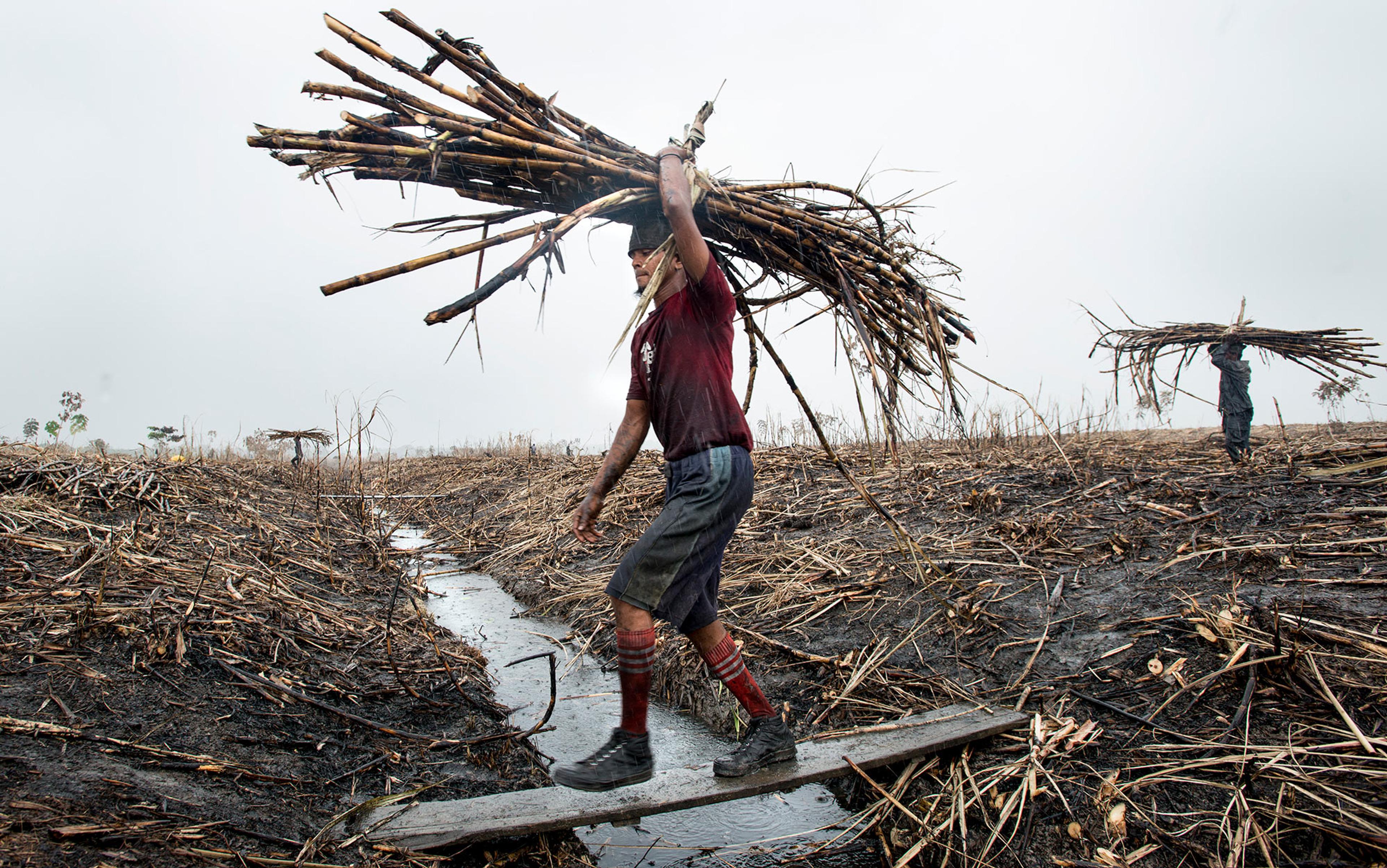Sometimes, what is most common is most remarkable. For those of us living in a city or suburb, a typical day starts with rising from (cotton) sheets, hopping under the shower for a quick wash with (palm oil-based) soaps, dressing in (cotton) shirts and pants, drinking a hot beverage (coffee or tea) and then eating a (sugary) cereal or jam, perhaps followed by a (soy-fed) processed meat sandwich, wrapped in (fossil-fuel-based) plastic.
What describes an unremarkable day in the lives of hundreds of millions of the world’s urbanites, a day you have experienced year in and year out without much thought, is actually a miracle produced not least by the stunning expansion of commodity frontiers over the past 600 years. Almost all the products that made your morning come from places far from your home. The cotton, most likely, was grown in China, and the palm oil in Indonesia or Malaysia; the coffee was perhaps harvested in Guatemala, the tea in India, the sugar in Australia, and the soy in Brazil, while the oil might have been pumped out of the sand in Saudi Arabia.
The accelerated output of commodities is not just the result of science-inspired intensification of production, but also of the tremendous spread of commodity frontiers into new continents, countries and regions. While we are usually unaware of these flows – even in the statistical representation of our contemporary industry-and-services-dominated economy, they play a marginal role – their impact is nonetheless dramatic, as a cursory look at the global countryside shows.
In 2022, reports indicated that, on 28 July, the world had already used up all the resources it could replenish in the course of a calendar year; maintaining that level of exploitation of natural resources would require a planet almost double the size of Earth. Between 1960 and 2008, the global acreage under cultivation for sugarcane grew three times, for soy 3.5 times, and for palm oil more than four times. Gorging on ever more land, these commodity frontiers apply immense pressure not only on local food production but on precious resources such as the world’s rainforests. Just for soybeans – and in defiance of the Amazon Soy Moratorium of 2006 – an estimated 100,000 hectares of rainforest were cleared over the past 10 years alone. In Sumatra and Kalimantan, 250,000 hectares of rainforest are cut down annually just for palm oil production, every decade’s growth amounting to the equivalent of the entire surface area of the state of Massachusetts in the US. And it is not just uninhabited nature: entire villages are bulldozed to make way for new commodity frontiers, as happened, for example in 2011 in Cambodia, where they made way for sugarcane fields.
As these examples show, our daily lives are based on a continual and massive conversion of forests, flatlands, valleys, marshes and lakes into areas of commodity production.
The scale of these transformations is so huge that they defy our imagination. While we might be able to appreciate how our morning coffee impacts farmers in El Salvador, the diversity and quantity of commodities that we use, along with their global reach, make it difficult to really see how our consumption relates to commodity-producing regions across the world. Further complicating the picture, the transformation of the countryside goes beyond what is visible to the naked eye. Plants are genetically transformed to make them more disease resistant, raise their yields and better serve the purpose of their industrial processing. In a development that started with the establishment of experimental agricultural stations across the globe in the late 19th century and was fuelled by breakthroughs in biotechnology, a handful of globally operating corporations have increasingly monopolised the seeds for the world’s most important agricultural crops with their genetically modified variants.
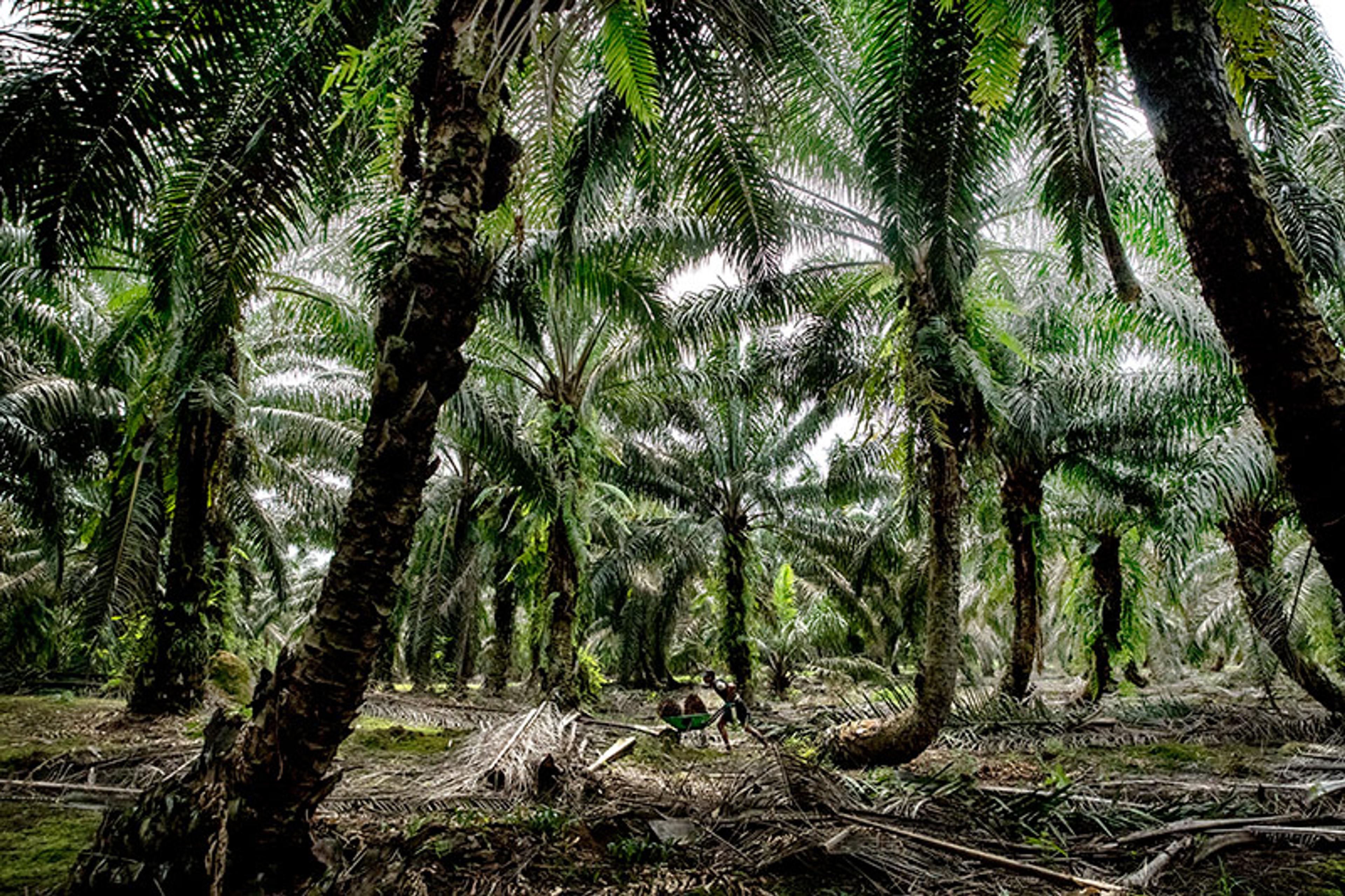
The relentless reshaping of the world’s countryside contributes significantly to overcoming the tendency of commodity prices to rise because of scarcity. Commodities crucial to our daily needs, including sugar, soy and palm oil, have stayed relatively cheap despite staggering demand, increasing environmental costs, and the expenditures associated with long-distance transport. Behind this paradox is a relentless logic with deep historical roots of incorporating ever more land and labour, a logic that just as often escapes the attention of historians as it eludes consumers and economic statistics. Only by looking at commodity frontiers broadly, globally and historically can we get a handle on this process of world historical importance. We can begin to understand not only how our consumption patterns relate to the current global ecological predicaments, but also how, over the past centuries, capitalism has dramatically changed through crises, social resistance and consumer movements. Thus, the past provides us with clues about how we can play a role as citizens, workers and consumers in bending the course of economic development in such a way that one planet is enough. History does not repeat, but it reveals some patterns that are helpful for coming to terms with our present.
To fully grasp a reality so profound and consequential, we need to think about history at a global scale, and about capitalism. While there is a tradition of looking at capitalism historically – for instance, by the economist Werner Sombart, the historian Fernand Braudel, and the sociologist Immanuel Wallerstein – these scholars tend to focus on the ways that European agency has transformed the world, paying too little attention to agency in other parts of the world. At the same time, when analysts study our increasingly globalised economies, they usually focus on urban merchants, industry, state bureaucrats, soldiers and lawmakers, thus overlooking the crucial role of the world’s countryside and its inhabitants in sustaining and channelling the staggering growth of the world economy with its ever more extensive commodity frontiers.
One way to rethink global capitalism is to start in the countryside instead of the city, and to look at agriculture instead of industry. The fundamental transformations of the global countryside not only facilitated capitalist expansion; they shaped it, making it a pervasive force encapsulating the entire globe in its search for cheap commodities. Meanwhile, the countryside also exposed capitalism’s vulnerabilities, including ecological depletion and social resistance that led to fundamental crises culminating in rebellions and revolutions.
To grasp the dynamics of commodity frontiers and their central importance to capitalism’s history, we begin with a commonsensical yet important observation: over centuries, capitalism emerged as an historically unique economic system that turned ever more nature and labour into tradable goods (commodities) obtained from every corner of the world at the lowest possible price to be sold at maximum profit. Across the globe, people’s labour power that had hitherto served their own subsistence needs as well as those of their local communities and had sustained local political systems was redirected toward global production. This capitalist logic not only pertains to agriculture, but to other sites of extraction such as mining and fishing. Peasants were forced to work part of their time in the silver mines of Potosí in Bolivia or in the coffee fields of Java in Indonesia. In the world’s periphery, women in particular saw their workload dramatically increase to support global commodity production. The millions of rural workers toiling in the global countryside are what made that countryside an engine of global capitalist growth.
This unabated incorporation of resources (land, labour, energy, raw materials, and knowledge) has shaped the expanding capitalist world economy. These processes and sites of incorporation – these commodity frontiers – have been moving geographically for centuries, driven to new locations by booms and slowed down by busts. They met ecological and social limits that altered their character but not their fundamental dynamics. They are with us to our present day and shape our world in essential and often unacknowledged ways.
Over the past 600 years, the commodification of labour and nature for profit has moved in different gears in different parts of the world with a wide range of outcomes. These outcomes were often shaped by local ecological boundaries and social resistances, as well as by a wide variety of actors, including industrial or agricultural entrepreneurs, rural cultivators, peasants and slaves, men and women, Indigenous people and state bureaucrats. Studying these commodity frontiers helps us develop a new – and more global – view of the dynamics of the capitalist revolution during the past six centuries. It also helps us see the fundamental transformations global capitalism underwent during its expansion, and how this impinges on our future.
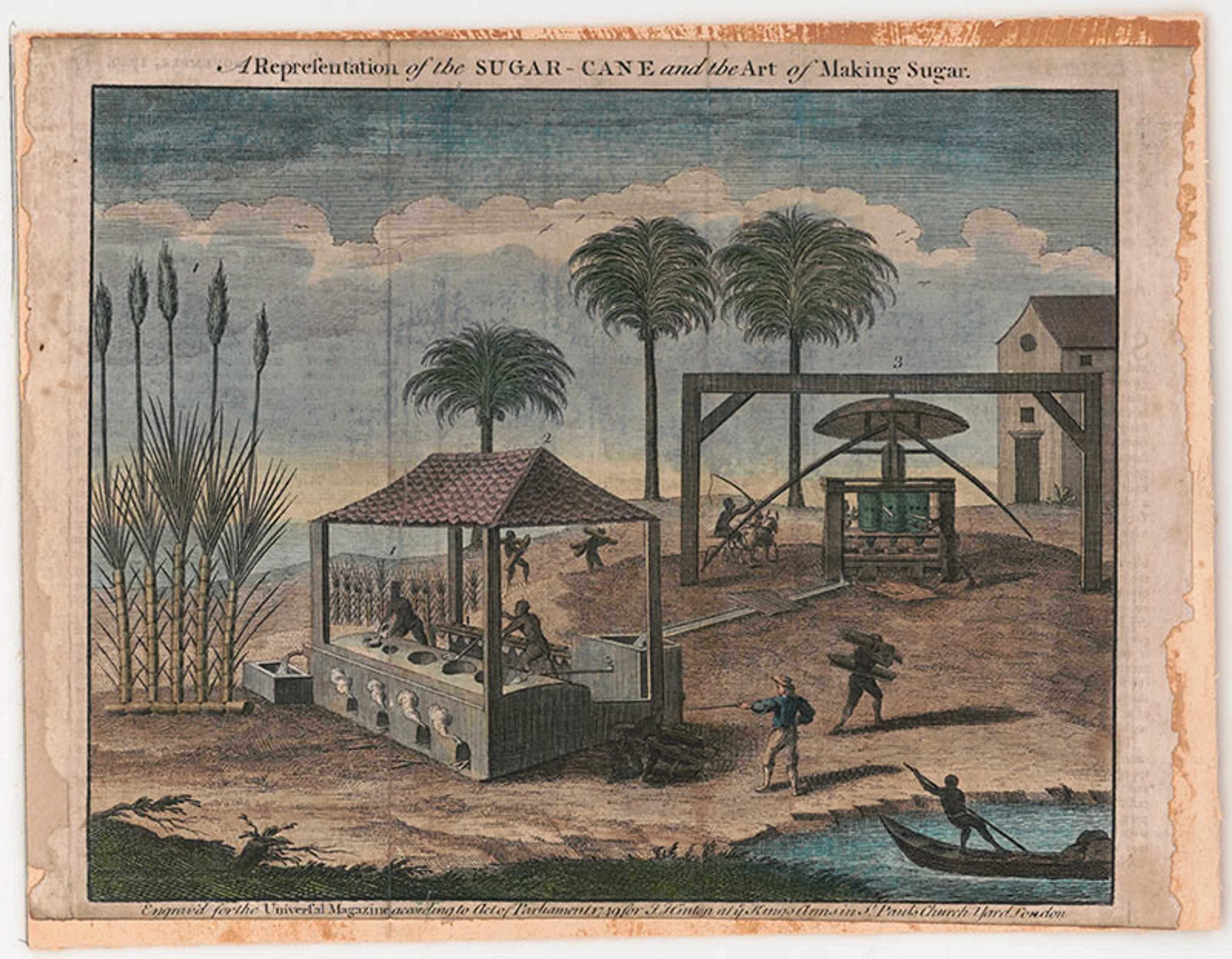
Pockets of capitalism became discernible throughout Eurasia as early as the 13th and 14th centuries. At that time, Venetian merchants, for example, built the world’s first large sugar plantations, employing hundreds of workers on the island of Cyprus. However, the crucial moment in the expansion of commodity frontiers came in the 15th and 16th centuries, when European capitalists and statesmen found a way to overcome the ecological limits of their urbanising societies. As they were no longer able to obtain the timber, fuel and wheat their populations needed from their hinterland, they began importing commodities from their peripheries, including wheat and timber from the Baltics. This was soon followed by a massive expansion in the production of silver, gold, sugar, coffee, tobacco and indigo in the Atlantic realm. The growing demand for tropical commodities in turn led to the decision to enslave millions of African women, men and children.
Indigenous people were killed to make space for the advancing sheep (that is, wool) commodity frontier
These commodity frontiers not only transformed large parts of the world, they fundamentally altered the structure of the economy and consumption patterns in urban areas. Sugar consumption rose in cities of the Ottoman Empire, in China’s coastal conurbations, the Americas and north-western Europe. In the late 18th century, drinking coffee with a bit of sugar – both ingredients produced by enslaved workers in the Caribbean – became habitual among urbanites in Paris, and even the servants working in the households of rural England took their tea with sugar. Virginia tobacco filled the pipes of European men, who soon started to wear cotton, instead of woollen, clothes, dyed with indigo or cochineal from the French plantation island of Saint-Domingue (Haiti) in the Caribbean.

In the 19th century, in the wake of the North Atlantic Industrial Revolution, this process accelerated. A staggering demand for commodities from rapidly urbanising and industrialising societies brought vast areas of the world into the fold of expanding capitalist production. For Europe in particular, the ecological deficit grew. Its urbanising economies were no longer able to procure food for their workers or fibres for their textile manufacturing from nearby lands. To address these shortcomings, Europeans went abroad: through the imposition of forced cultivation in Java, for instance, or the opening up of new areas for rubber or tobacco plantations in Southeast Asia and middlemen travelling into the countryside of West India, advancing payments to farmers willing to grow cotton.
In the Americas, immense wheat and cattle frontiers stretching over thousands of kilometres catered to urban centres on both sides of the Atlantic Ocean. Some frontiers, such as the rapidly growing rice regions in Southeast Asia, not only fed industrial workers in Europe and the United States but frontiers such as the rubber and tobacco plantations in Sumatra, which had to import food to maintain their workers’ single-minded focus on producing export commodities. In southern Chile, thousands of Indigenous people were killed to make space for the advancing sheep (that is, wool) commodity frontier. Australian entrepreneurs set sail to the Micronesian Islands to literally hunt down workers for their sugar plantations. This exponential expansion of commodity frontiers required huge new physical infrastructures of railroads, steamships and telegraphs, as well as the establishment of colonial bureaucracies. Financial institutions were modernised and their legal position vis-à-vis plantations and mining operations strengthened to facilitate the flow of capital toward the commodity frontiers.
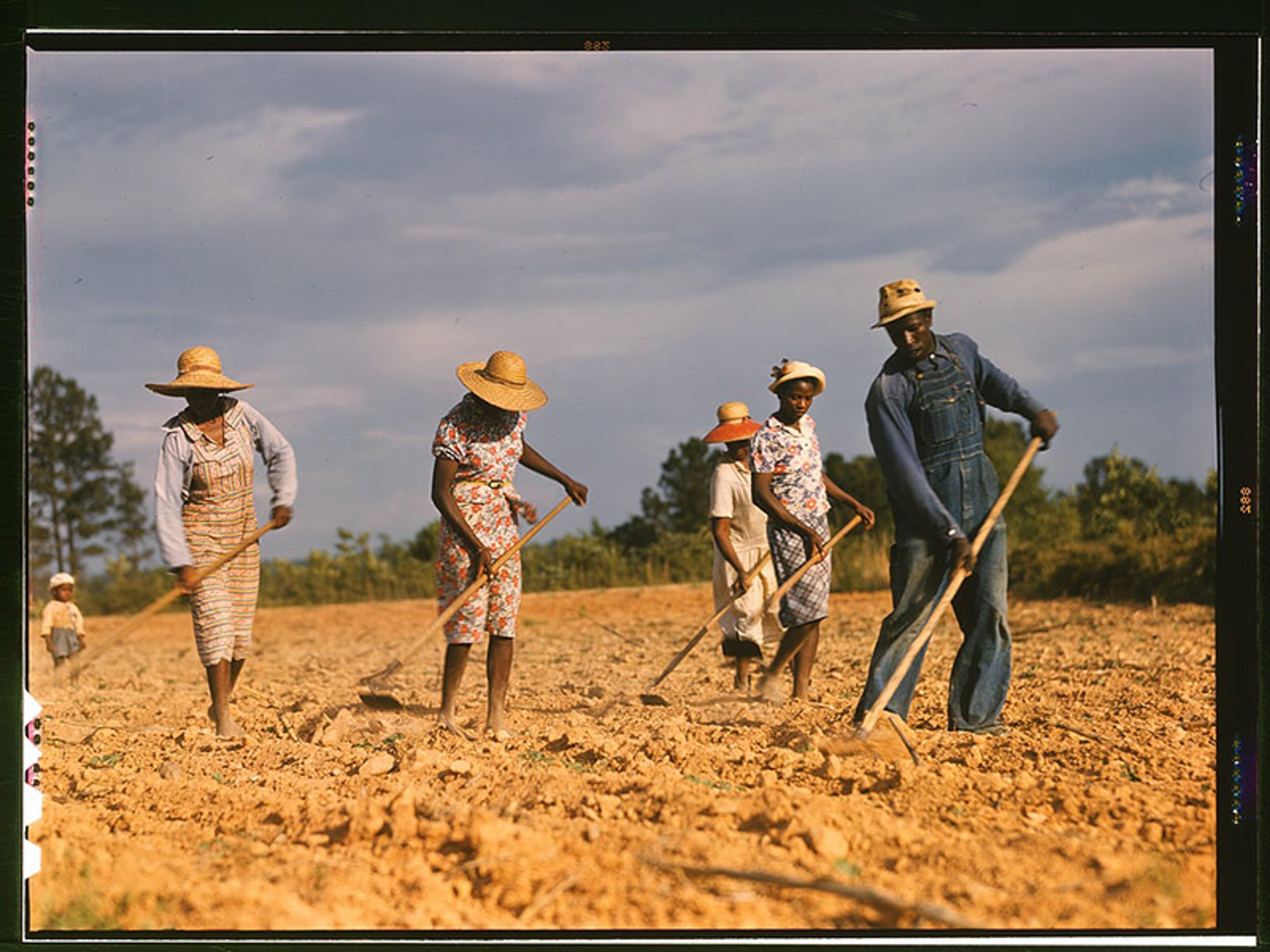
This is not a story of the unbound expansion of global markets, of daring and unscrupulous free capitalism, so-called. In every one of these domains, state interventions played a crucial role and, together with enhanced technological capabilities, created a new regime of commodity production that structured ever larger territories. Looking at this history provides a powerful sense of how important the state has been, and still is, in the development and extension of capitalism.
As we have seen, commodity frontiers, like capitalism more broadly, have changed dramatically. That change was driven by technological innovations, to be sure, but also by the frontiers’ remarkable ability to adapt to tremendous crisis and challenge, an adaptability in which states and politics played a crucial role. Since capitalism and its commodity frontiers have been subject to historical change and ruptures, it is helpful to define more precisely the core characteristics of commodity frontiers at certain moments in time. To understand commodity frontiers, we need to periodise their history.
Despite important continuities over the course of the past 600 years, we can distinguish three well-articulated commodity frontier regimes. First, a pre-industrial one, marked by rapid global expansion in which technology played only a modest role. Second, a new regime enabled by the Industrial Revolution of increasing technological capabilities, improved infrastructure and enhanced state power. Third, the 1970s saw the emergence of a new regime characterised by an immense concentration of global commodity production and marketing among a limited number of actors.
One might be inclined to see this succession as a linear development, but this would be misguided. A historical analysis sensitive to the dynamics of commodity frontiers, the adaptability of capitalism and the role of state politics shows a very different picture, that of a cumulative series of crises and fixes.
Let us begin with the crises: over the past six centuries, commodity frontiers have encountered a panoply of them. Land wore out, water resources became exhausted, pests menaced crops, local climates changed, and mines were depleted. Plantations and mines also confronted desertions, rebellions and strikes of their workers. Governments intervened intensively with navies, tariffs, subsidies, police forces, legal regimes and infrastructures.
At some moments in history, these crises acquired systemic proportions and affected commodity frontiers as a globally connected system. They ballooned into a crisis of a particular commodity frontier regime and made it impossible for things to go on as they previously had. The cotton commodity frontier, for example, by the 1860s could not continue to expand on its old model of Indigenous land dispossessions and enslaving workers; cotton capitalists instead sought and eventually found new territories, new workers and new forms of labour to expand their production.
Europe expanded its sites of production to secure its economic expansion
It is at these junctures that capitalism’s immense adaptability came into play, producing a number of fixes that both enabled further expansion of commodity frontiers, and secured capitalism’s continued expansion. In so doing, these fixes further enhanced capitalism’s flexibility and power.
As a result, each systemic crisis accelerated the expansion of commodity frontiers. As we have seen, capitalism became global when Europe’s budding capitalist economies hit their natural limits. Always short on space to grow commodities and lacking minerals, wood for fuel and the right climate to grow cotton, sugar and coffee, Europe expanded its sites of production to secure its economic expansion. Sugar production provides a classic example of a series of relocations in response to ecological crises and limitations. After droughts eliminated Egypt’s abundant sugar exports in the early 15th century, Cyprus, Sicily and the Iberian Peninsula tried to fill the gap. But the Mediterranean cane fields could not satisfy a growing demand for sugar, and Italian merchants and Iberian monarchs moved sugar frontiers to the Atlantic realm, first to Madeira and the Canary Islands, then into Brazil and the Caribbean. The geographer David Harvey has coined the term ‘spatial fix’ to describe this spatial expansion of commodity production.
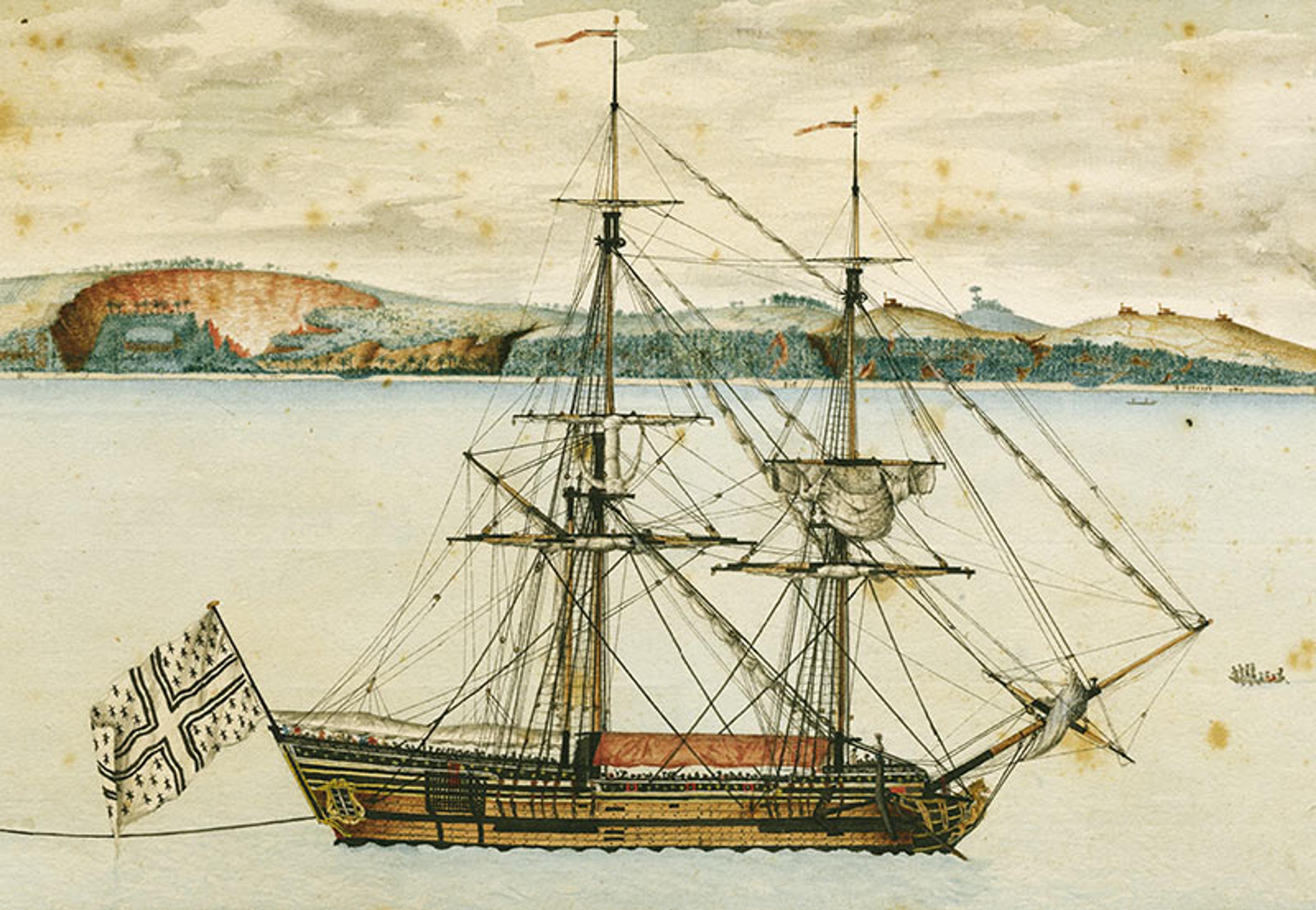
This spatial expansion under the first commodity frontier regime was enabled by a massive enslavement of workers. Eventually, however, the ‘fix’ of slavery created additional crises with yet more global repercussions. Most spectacularly, the hundreds of thousands of enslaved Africans transported to the sugar, coffee and indigo fields of Saint-Domingue rebelled in 1791 and put an end to the world’s largest plantation complex. This was an immensely consequential revolt, a revolution actually, that reverberated throughout the Caribbean region and the Americas. Yet it was only one of the many slave rebellions since the 16th century, rebellions that eventually involved tens of thousands of enslaved workers. Meanwhile, an increasing awareness of the cruelties attending the slave trade and of the horrendous death rates on the plantations fed a rising abolitionist movement, particularly in the United Kingdom. This awareness resulted in an increasing number of European countries banning the slave trade. Continuing massive rebellions by enslaved people in the British West Indies led to a comprehensive ban on slavery within the British Empire beginning in 1834, followed by the French Empire in 1848, the US in 1865, Cuba in 1886, and Brazil in 1888.
The crisis of Europe’s slave-based commodity frontiers in the Americas in the early 19th century was ‘fixed’ by an expansion of mass commodity production in other parts of the Americas as well as in colonial Asia and Africa, which was built upon the enhanced infrastructural, military and bureaucratic capabilities of states allowing them to control ever larger territories and populations.
The crisis of the first commodity frontier regime did not result in diminished production, just the opposite
In the wake of the revolution in Saint-Domingue, for example, Cuba immediately began developing into the world’s largest sugar producer, British officials expanded indigo production in Bihar (India), and the Dutch colonial administration in Java ordered the planting of thousands of new coffee trees. When slavery then entered its terminal crisis in the last third of the century, commodity frontiers not only moved to new areas of the world but began to draw on fundamentally different kinds of labour regimes and different groups of workers. The new imperialism of the last third of the 19th century was driven to a significant extent by this desire to expand a whole range of commodity frontiers and to build a new commodity frontiers regime.
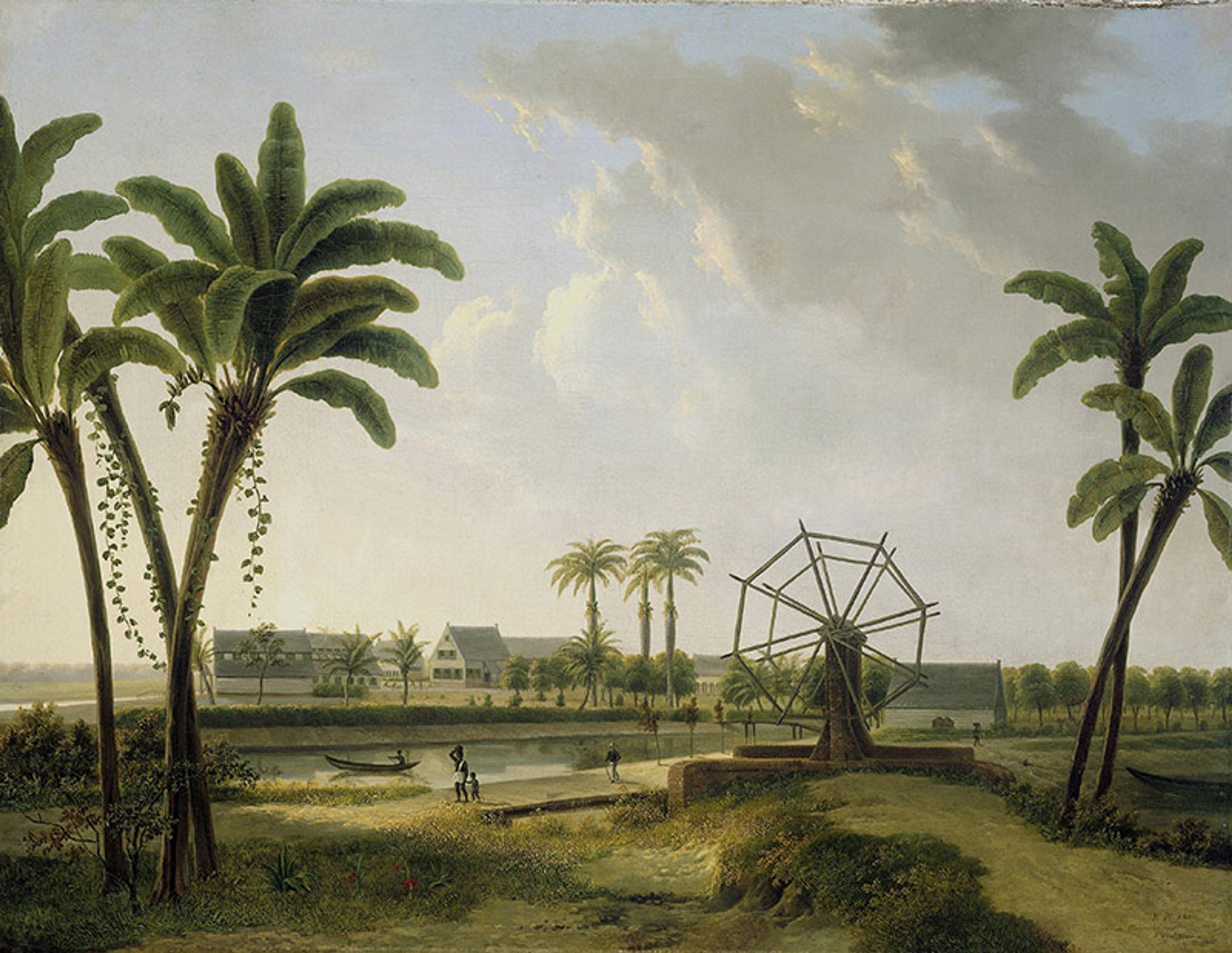
Perhaps surprisingly, the crisis of the first commodity frontier regime did not result in diminished production, just the opposite: there was yet another massive increase in global commodity production after 1860. This was the result of rapidly improving technological capabilities, the successful mobilisation of labour in the wake of abolition, and the growing role of state bureaucracies. A chain of innovations in communication technology and rapidly modernising physical infrastructures accelerated the global expansion of capitalism and enhanced the regulating powers of state bureaucracies.
The Great Depression only further enlarged the role of the state in economic life. In the early 1930s, hunger marches occurred on Caribbean plantation islands, hundreds of thousands of workers returned home from the plantation belts in Southeast Asia in destitute conditions, and there were rebellions of smallholders producing for global markets. On the agricultural frontier of the US West, the socioecological catastrophe of the dustbowl was the subject of John Steinbeck’s novel The Grapes of Wrath (1939). Capitalism was called to task even by its most fervent defenders, while labour activists gained significant ground in the countryside, from Queensland in Australia to Alabama in the US. All the suffering at commodity frontiers during the Depression opened the door for the state to take on an even more prominent role in economic life. Moreover, in response to the devastating effects of a lack of international economic coordination, the Bretton Woods institutions were established in the final year of the Second World War. This new global capitalist order, designed with the input of John Maynard Keynes, was put in place under the aegis of the US to further a stable path of global economic growth.
As a result, the second commodity frontier regime, characterised by the central roles of newly empowered states, contractual labour and a shift of power from merchant to industrial capital, stabilised in the wake of the Second World War, enabling another vast expansion of commodity production.
A new crisis, however, emerged when many commodity-producing countries in the Global South were heavily affected by the global economic slowdown in the wake of the Second Oil Crisis of 1979. This time, the ‘fix’ was found in embracing free-market economics and austerity in government spending. This deregulation was yet another political intervention, also known as neoliberalism, that allowed for a further concentration of capital in the hands of a select group of transnational corporations and a massive expansion of commodity production and extraction. Market integration of the European Union and NAFTA enabled huge food and beverage companies to merge into powerful globally operating firms. American Sugar Refining Inc, the British AB Sugar, and the German Südzucker, for instance, emerged as sprawling global sugar corporations, fostered by the US Sugar Program and the EU Agricultural Policies respectively. Joined by powerful state-backed companies from China and Thailand, these giants are now pushing the commodity frontiers with renewed force.
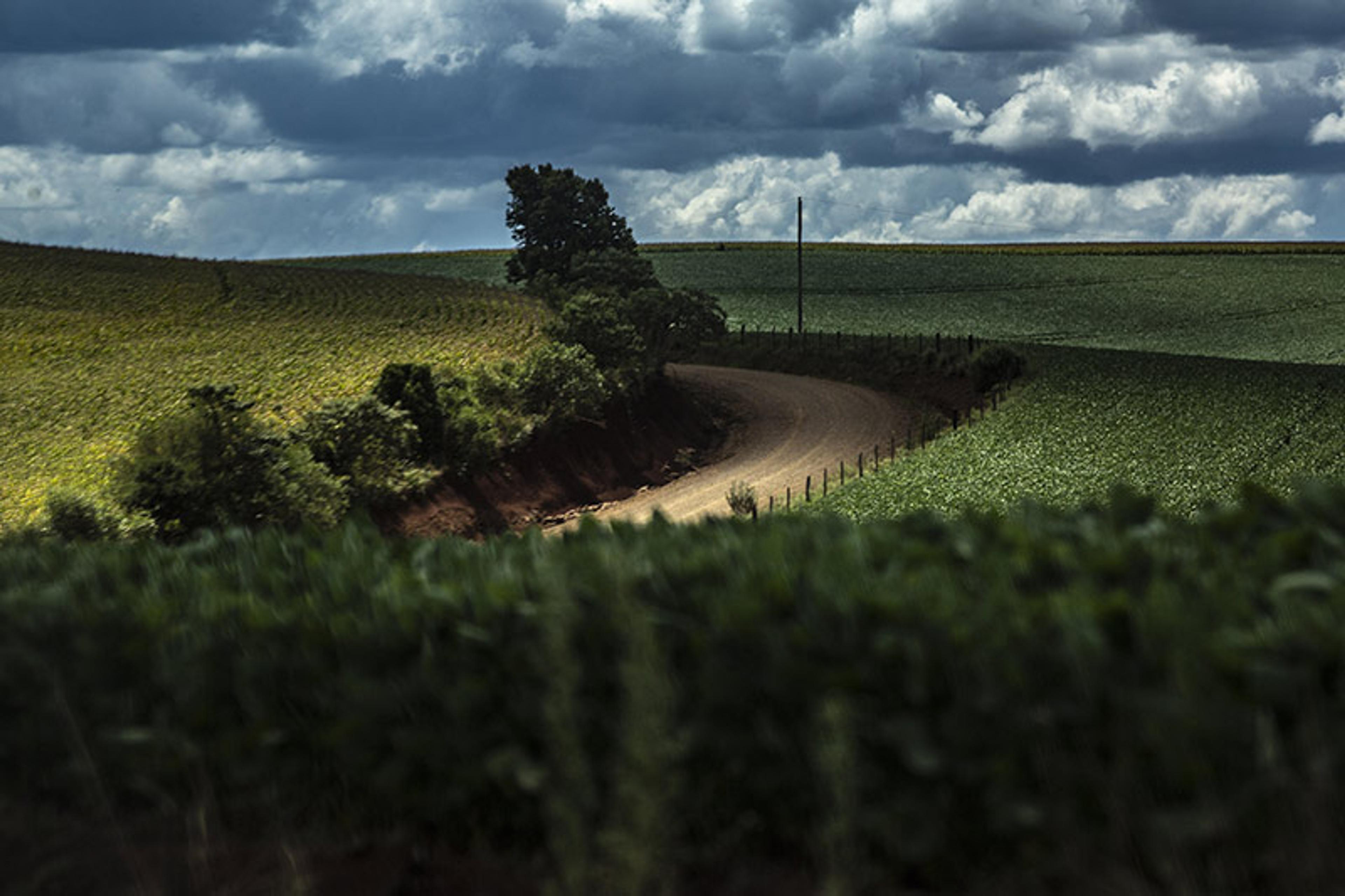
As deregulation opened up the space for the expansion of these politically well-connected corporations, they became entwined with international financial centres. Assisted by governments in the Global South, they have come to own or finance increasing amounts of land, often through dispossession, and often with the assistance of state power and its armed forces. In addition to violent dispossessions, the opening of commodity frontiers is attended by a relentless destruction of natural habitat, exacerbating global warming. Critical consumers as well as institutional investors are now appealing to corporate enterprise to adopt more responsible business models. It is too early to tell whether this signals another regime change toward a ‘green capitalism’, as some suggest, but it definitely shows us the tremendous adaptability of capitalism.
Over the past 600 years, the global spread of commodity frontiers has culminated in today’s immense volume of cheap commodities available in processed shape in homes across the globe.
What can we take away from such a long historical perspective?
For one, we can see that the countryside and its ever more extensive manipulation continues to be crucial to the making of the modern world. As you read this essay, you are probably in one of the ever larger urban agglomerations dotting the planet. The countryside might seem far away – but almost everything that surrounds you is the result of extraction happening on ever larger, ever more dynamic, and ever more encompassing commodity frontiers.
Second, we can grasp the enormous flexibility of capitalism. At any given moment in the past 600 years, one particular commodity frontier regime seemed crucial to the continued unfolding of the capitalist revolution, only to face resistances and constraints that led to systemic adaptations that eventually led to the emergence of a new regime. Commodity frontiers remained a crucial feature of capitalism’s revolution throughout the past six centuries, but the way they look, operate and extract resources has changed beyond recognition.
Third, if the past can tell us anything about the future, it is not that the current crises of commodity frontiers, including global warming and environmental destruction, will unavoidably spell the end of capitalism. Capitalism has mastered fundamental challenges to its commodity frontier regimes before.
Fourth, we can see that commodity frontier regimes are not the unmediated outcome of purely economic processes – they are instead the result of resistances and, even more important, of political interventions. They are shaped as much by rural cultivators, mine workers and consumers as by investors and bureaucrats. Political mobilisations and interventions have made a difference and will continue to make a difference. While the news in many ways is dire, history suggests that there is significant possibility as well. Both the framing of systemic crises and the choice of fixes are deeply political. Much like enslaved workers and their abolitionist allies once had to struggle long and hard to impress upon their compatriots the inhuman conditions on the sugar frontier in the Caribbean, the coffee frontier of Brazil and the cotton frontier of the US, today we face the challenge of putting the public gaze again on the commodity frontiers that so powerfully shape our daily lives.
The authors Sven Beckert (Harvard University) and Ulbe Bosma (International Institute of Social History Amsterdam and Vrije Universiteit Amsterdam), together with their colleagues Mindi Schneider (Brown University) and Eric Vanhaute (Ghent University), established the Commodity Frontiers Initiative. At present, more than 25 research groups, NGOs and artists across the globe participate in this network, which has its own open-access journal, Commodity Frontiers, offering crisp articles for a general audience. The Initiative’s aim is to encourage the development of a historical lens to issues of sustainability, resilience and contestations on commodity frontiers, which it believes is essential for an informed political debate.
